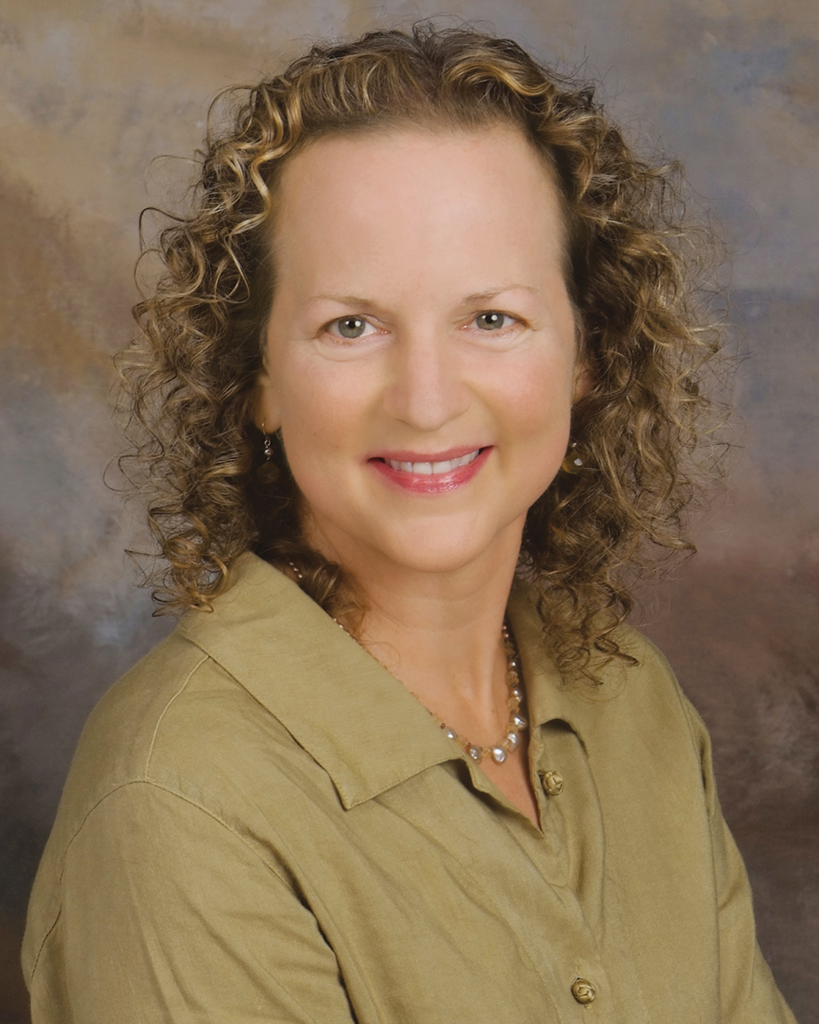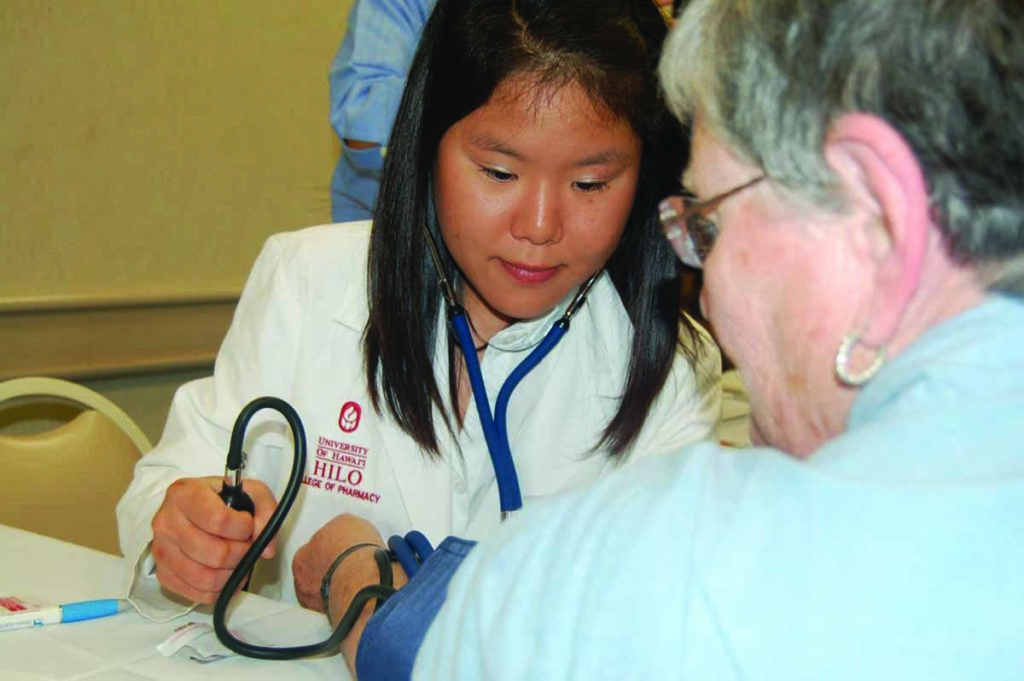Defining the Role of Pharmacists in Tracking High Risk Patients
The role of pharmacists in Hawai‘i communities is being redefined in an innovative healthcare program administered by the University of Hawai‘i at
Hilo. Traditionally, pharmacists are isolated dispensers of medication, located in stationary storefronts. However, in the Pharm2Pharm program carried out over the past three years in select areas throughout the state, pharmacists play a much more integrated and proactive role in over-seeing high risk patients’ medication routines.
“Patients who are on a lot of medications or certain types of medications are at higher risk for problems that could land them in the hospital,” said Karen Pellegrin, director of Continuing and Distance Education and Strategic Planning at the Daniel K. Inouye College of Pharmacy at UH Hilo and principal investigator of the Pharm2Pharm program.

“Through the Pharm2Pharm project, we’ve shown that consulting pharmacists—those who coordinate medications across prescribers and across dispensing pharmacies—can help make sure patients are on the right medications and are taking them properly,” she said. “These pharmacists have made a difference statewide, but especially in our rural communities where physician shortages are most severe.”
Problems with medication often arise for patients due to lack of coordination between prescribers, inadequate monitoring, and misunderstanding about how to take them properly. Consulting pharmacists in the program track patients’ use of prescription medication as they transition from hospital to home—a high-risk period for medication problems.
The consulting pharmacists meet with patients regularly, and utilize secure computer software to monitor a patient’s overall medication plan and network with others on the patient’s healthcare team. This is the first time in Hawai‘i that information technology has been implemented on a statewide basis for medication management. The Hawai‘i Health Information Exchange is providing the IT infrastructure to support the program.
Positive Responses From Patients
The feedback from patients is outstanding. Many patients participating in Pharm2Pharm report the services have helped keep them out of the hospital and improve their overall health and well-being.
“This program has changed my life,” reports one patient. “I have returned to my old self; I can sleep at night, fear of never waking is gone. No more inhaler and wheezing. Not so many pills and knowing when or when not to take them also the security of knowing I have someone to talk with when I have a question or problem. Thank you for my life back, and I really mean this.”
Another patient said, “My pharmacist was extremely helpful beyond my expectations.”
Pellegrin said the positive results are “what happens when pharmacists become part of the care team.”
Collaboration
Hawai‘i Community Pharmacists Association members have provided the outpatient services. Collaborating partners in Pharm2Pharm also include Hawai‘i Pacific Health and Hawai‘i Health Systems Corporation, who have enrolled patients several of their hospitals. In all, seven hospitals in the state have participated in Pharm2Pharm. Pellegrin said the final count of patients receiving Pharm2Pharm services is 2,570 statewide, most in rural areas.
The pharmacy college was awarded $14.3 million in 2012 to develop the program to save health care costs, one of 107 awardees competing successfully against more than 3,000 other highly qualified applicants for the funding. The program is funded by the Centers for Medicare and Medicaid Services (CMS) Innovation Center.
Pharm2Pharm is now in its fourth and final no-cost extension year focusing on evaluation and sustainability.
Pellegrin said since the launch of UH Hilo’s Daniel K. Inouye College of Pharmacy, the supply of pharmacists in Hawai‘i has greatly improved. If wisely deployed, she said, this workforce can extend the short supply in physicians and add unique medication experts to the state’s healthcare system.
“The Pharm2Pharm model program shows there is an opportunity to improve healthcare services to the people of Hawai‘i by integrating pharmacists into patient care teams,” she said.

